



End-to-end certification and regulatory compliance for Indian and global markets.
 BIS Certification
BIS Certification
 CDSCO
CDSCO
 CPCB
CPCB
 LMPC
LMPC
 WPC Approval
WPC Approval
 Global Approvals
Global Approvals
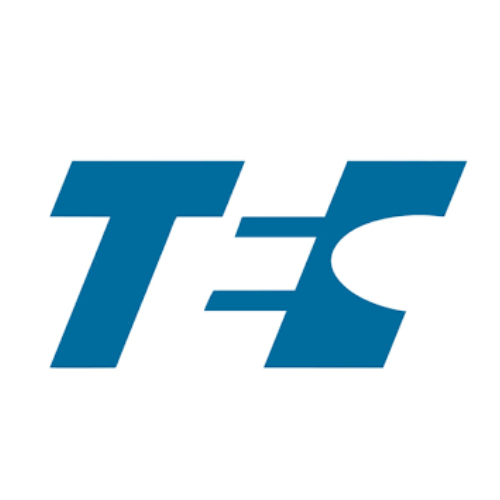 TEC
TEC
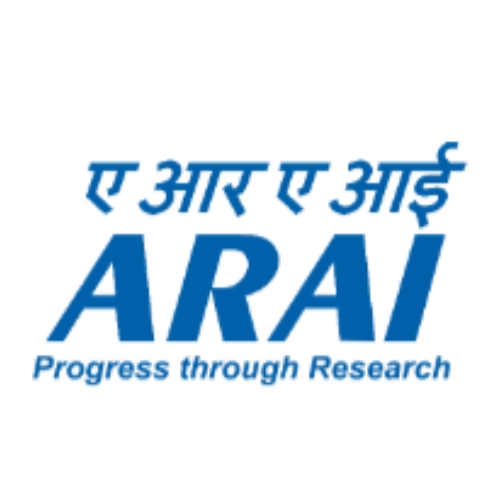 ARAI
ARAI
 BEE
BEE
 ISO Certification
ISO Certification
 Drone Registration
Drone Registration
 NOC For Steel
NOC For Steel































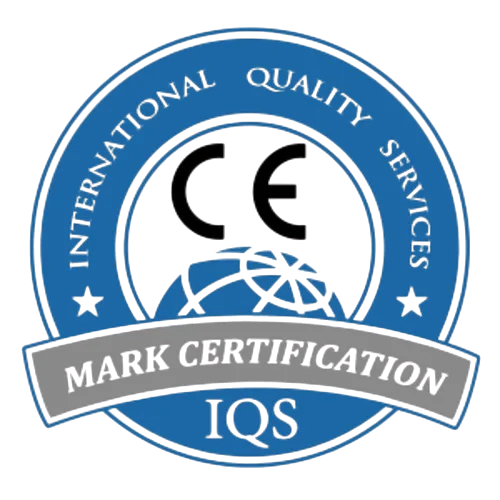



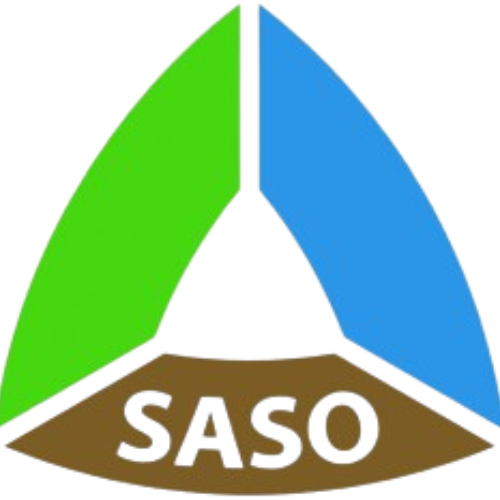



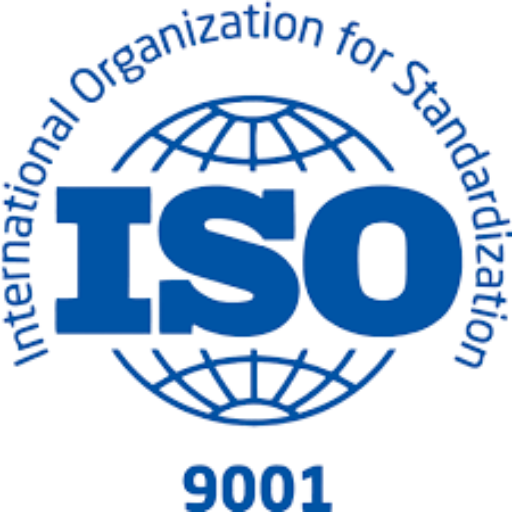
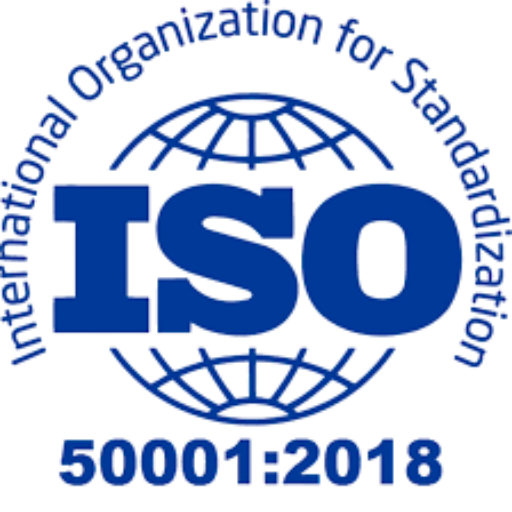

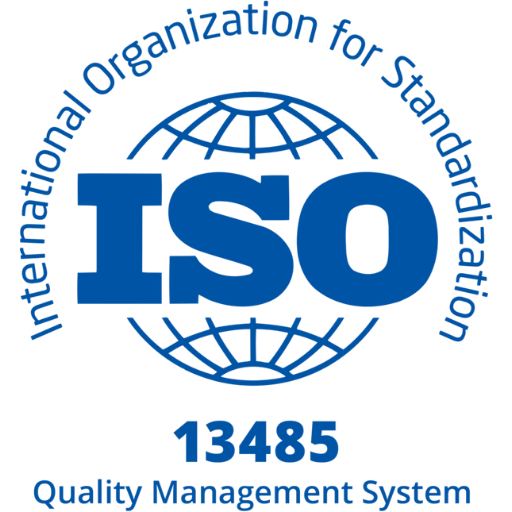

Apart from product certification, BIS is responsible for framing Indian Standards, conducting laboratory testing, and ensuring consumer protection.
Some items must be certified before they get released mysteriously made for select goods like cables, switches, cement, gas cylinders, etc.
It ensures electronic products conform to Indian Standards (IS).Covers 70+ products including laptops, phones, adapters, TVs, and batteries.
Hallmarking Certification is mandatory in India for gold and silver jewellery.The BIS 916 Hallmark confirms 22K gold purity.Silver Hallmarking is compulsory for certain grades like BIS 925.
FMCS Mark Certification is a BIS-led approval process that enables foreign manufacturers to sell regulated products in the Indian market.
It helps manufacturers build trust and create a compliance framework. It also markets to eco-conscious consumers.This guide will detail eligibility, provide information on the application procedure, and outline benefits of certification to ISO 14024.
It is governed by NABL under the Quality Council of India (QCI).Accreditation enhances trust among regulators, industries, and global partners.
The World Manufacturer Identity (WMI) is a globally recognized code used to identify vehicle manufacturers. WMI registration ensures traceability, compliance, and global brand recognition for automotive makers.
Stay ahead of regulatory changes with BIS Scheme X Certification. Now extended to September 1, 2026, under the omnibus technical regulation order 2024. Get complete certification support from Diligence Certification.
Get full assistance for CDSCO registration, medical device import licenses, and cosmetic import licenses with Diligence Certifications. Our expert guidance and comprehensive support ensure your compliance, helping you gain a competitive edge in the market. Your satisfaction is our commitment!
Diligence Certifications is a top-tier name in drug licensing and provides topmost service and knowledge support to all sizes of pharmaceutical companies. Our seasoned team understands the global regulations and has seen several success stories.
Having trouble securing Cosmetic License certification in India? Let our ISI certification experts assist you in achieving it and boosting your credibility!
Get expert guidance on Medical Device Registration in India. Learn CDSCO approval process, documents, fees & compliance for manufacturers and importers.
Secure your CPCB Certification with ease and align your business with environmental regulations and sustainable practices. Our expert team streamlines the application process, offering tailored guidance to meet your unique EPR compliance requirements.
Need assistance in Battery Waste Certification? Our experts guide you through every step to ensure smooth and compliant processing.
E-waste has become one of the most serious problems of the modern world, as technology is changing very fast. Discarded electronics items such as smartphones and refrigerators contain very toxic elements hazardous to human health and the environment if not treated properly.
Tyre wastage is an increasing global problem. It threatens to engulf the world in a sea of rubber with disastrous consequences for the environment and human health.
Diligence Certifications help businesses go a long way in environmental compliance matters through their management of plastic waste compliance. It rallies your commitment to reducing environmental impacts, increasing your recycling, driving circular economies and, hence, building credibility with consumers as citizens of a wider world contending against plastic pollution with angels and regulators.
Get Full Assistance for Model Approval for Indian W&M Instruments and Importer Registration for Weight and Measurement Instruments with Diligence Certifications. We prioritize your success by providing expert guidance and comprehensive support for all your LMPC Certification needs, helping you gain a competitive edge in the market. Your satisfaction is our commitment, and we work tirelessly to ensure it, now and in the future.
Get Full Assistance for Non-Network License, Network License, and Equipment Type Approval with Diligence Certifications. We prioritize your success by providing expert guidance and comprehensive support for all your WPC Approval needs, helping you gain a competitive edge in the market. Your satisfaction is our commitment, and we work tirelessly to ensure it, now and in the future.
End-to-end certification and regulatory compliance for Indian and global markets.
 Business Registration
Business Registration

















End-to-end certification and regulatory compliance for Indian and global markets.
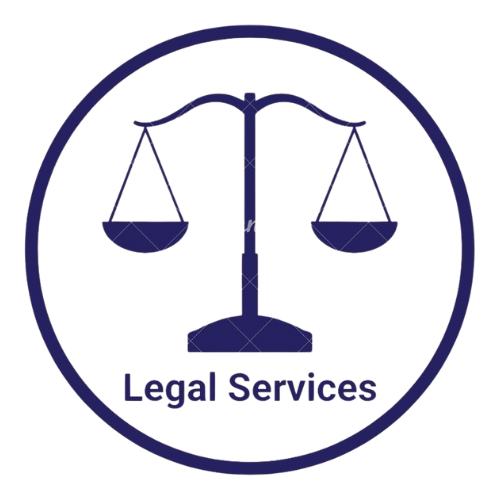 Legal Services
Legal Services
 Trademark Registration
Trademark Registration
 Copyright Registration
Copyright Registration
 Patent Registration
Patent Registration






















































Priya is a graphic designer residing in Bengaluru, India, who worked on a set of illustrations for a publishing company, and while the oral agreement seemed straightforward—she would design the work, they would pay her, and everyone would move on—after two years, Priya realized her work was being used on merchandise, on international editions, and online. When Priya expressed concern, the publisher responded by saying that they “owned” everything because they had paid her for it. There was no written agreement, and there was no clear distinction between what was licensed, and what was an assignment of ownership. The disagreement took months to resolve.
This process is seen repeatedly across the creative industries, where a freelancer develops designs, a software developer builds applications, a musician writes a song, or a content writer generates a copy. They each have to consider: who owns the work in this situation? A copyright assignment agreement is a straightforward way to turn these types of concerns into a legal agreement to transfer the ownership of the work. This is not about granting permission to use the work; this is about transferring the rights to work.
Understanding copyright assignment is vital whether you are commissioning a work, purchasing intellectual property for your business, or are transferring your own creation for payment. The Copyright Act, 1957 governs these transactions in India and documenting the process correctly ensures protection to both parties, and protection against future disputes.

Transferring copyright is where you give away all of the rights of ownership in a creative work. When you transfer copyright, you are not just allowing someone to use your creativity – you are effectively giving away ownership of the copyright. The person you transfer to is the legal copyright owner, like you.
They will have the right to reproduce, distribute, adapt, display, and monetize your creativity as they see fit. The Copyright Act has differences between assignment and licensing. Think about it like leasing a property or retaining ownership, but the tenant has some rights to use the property. Assignment is like selling the property; once you have assigned the copyright, you can no longer use or control the work unless the written agreement allows you to.
The basis of assignment is set out in the Copyright Act, 1957 Section 18. This section says that the owner of copyright can assign the right to the copyright, either totally or partially, for a period of time, or until copyright expires, and it can be for a territory or worldwide.
Businesses tend to prefer an assignment of copyright to a license because assignment offers complete and permanent ownership of the creative work. In an assignment situation the company can modify, circulate, market, and enforce rights without asking the creator for permission. This gives a company commercial certainty that is extremely important when there is a lot of money at stake: publishing a book, building software, making a film, etc.
The ownership aspect simplifies the process of addressing rights, allowing businesses to make quick and decisive actions to protect their interests. The creator may also be better off receiving a one-time lump-sum payment, especially if the creator is not in a position to monetize the work themself.
Assignments also provide clarity in the relationship between an employer and contractor by preventing disputes in the future regarding ownership of the work. A properly drafted assignment agreement memorializes all the rights transferred from the creator to the company and can prevent issues or disputes many years later.
Not everyone can assign copyright, and not everything qualifies for assignment. Understanding eligibility prevents invalid agreements.
This seems obvious but gets complicated. The original creator typically owns copyright, but ownership might have already transferred through previous assignments, inheritance, or employment relationships. Before assigning rights, verify current ownership. If the work was created collaboratively, all co-owners must consent to assignment.
Copyright protects original literary, dramatic, musical, and artistic works, cinematograph films, and sound recordings. Ideas, concepts, facts, and procedures don’t receive copyright protection—only their original expression. You cannot assign copyright in something that isn’t eligible for protection in the first place.
Minors, persons of unsound mind, and those under legal disability face restrictions on entering binding contracts. Assignments by such individuals may be voidable. If a minor creates copyrightable work, their guardian might need to act on their behalf.
Once copyright expires, the work enters the public domain and anyone can use it freely. You cannot assign rights you no longer possess. Check whether the copyright term has expired before attempting assignment.
If the copyright owner previously licensed exclusive rights to someone else for the same territory and duration, they cannot assign those rights to another party during that period. The assignment would conflict with existing obligations.
Assignment must follow Section 18 of the Copyright Act. The agreement must be written and signed. Verbal agreements or implied transfers don’t constitute valid assignments under Indian law.
Copyright assignment serves various stakeholders across industries.
Companies hiring freelancers, agencies, or contractors to develop websites, write copy, design logos, create software, or produce videos need assignment agreements. Without explicit transfer, the contractor retains copyright despite being paid.
Book publishers acquire manuscript rights from authors. Music labels obtain rights from composers and performers. Film producers need rights to scripts, music, and other elements. Assignment gives them the control necessary for commercial exploitation.
While work created by employees during employment generally belongs to the employer, clarity helps. Some organisations include assignment clauses in employment contracts, especially for roles where employees might work on creative projects outside regular duties.
When businesses acquire another company’s intellectual property portfolio, copyright assignment formalises the transfer. This happens during mergers, acquisitions, or asset purchases where content, software, or media libraries change hands.
Authors selling rights to publishers, artists licensing collections to galleries, photographers providing images to stock photo agencies—creators use assignment when receiving consideration warrants giving up ownership rather than retaining it through licensing.
Technology startups often commission development work from external developers. Proper assignment ensures the startup owns the code, preventing situations where a developer could claim rights or demand additional payment later.
Platforms acquiring exclusive content need assignment to prevent creators from distributing the same material elsewhere. Streaming services, educational platforms, and media companies use assignment to secure their content investment.
Executing a valid copyright assignment requires specific documentation.
The core document outlining all terms: parties involved, description of the work, rights being assigned, territory, duration, consideration, and signatures. This must be drafted carefully to capture all relevant details.
Government-issued identification like Aadhaar card, PAN card, passport, or driving licence for individuals. For companies, incorporation certificate and authorisation documents showing who can sign on behalf of the organisation.
Recent utility bills, bank statements, or rental agreements confirming current addresses of assignor and assignee.
Copyright registration certificate from the Copyright Office if the work was registered (though registration isn’t mandatory for copyright to exist). Alternatively, documents showing creation—dated drafts, publication records, or correspondence establishing authorship.
Clear description or attachment of the work being assigned. For literary works, a copy of the manuscript. For artistic works, images or digital files. For software, code repositories or documentation. Specificity prevents ambiguity about what’s covered.
Payment receipts, cheque copies, bank transfer records, or other evidence documenting the agreed consideration. Even if consideration is nominal, it should be documented.
If the work has been assigned before and rights have reverted, documentation showing that reversion helps establish clean title.
If the copyright is jointly owned, a No Objection Certificate from other owners or their joinder as parties to the assignment deed.
While not strictly mandatory under the Copyright Act, having witnesses sign the agreement adds an extra layer of authenticity and can help in case of future disputes.
Though not legally required, getting the assignment deed notarised or registered provides additional evidence of execution and can deter later challenges to validity.
Transferring copyright ownership follows a structured process to ensure legality and completeness.
Both parties must clearly understand what’s being assigned. List the specific work—title, description, creation date, format. Identify which rights transfer: all economic rights, specific rights like reproduction or adaptation, moral rights if waivable.
Discuss and agree upon consideration, duration, territory, any limitations, and what happens if either party breaches. This negotiation phase should address questions like: Can the assignee modify the work? Does the creator get attribution? What about future derivative works?
Prepare a comprehensive written agreement incorporating all negotiated terms. Include standard clauses on warranties, indemnification, governing law, dispute resolution, and notice provisions. Many creators and businesses consult intellectual property lawyers at this stage.
Both parties should review the draft carefully, preferably with legal counsel. Identify ambiguities, missing terms, or unfavourable clauses. Negotiate revisions until both sides are satisfied.
Sign the final agreement. The assignor must sign personally or through an authorised agent. Date the document. If using witnesses or notarisation, complete those formalities.
Complete the payment or other consideration as agreed. Document the transaction with receipts or bank records.
The assignor provides all materials related to the copyrighted work—original files, source code, manuscripts, high-resolution images, or whatever is relevant. Transfer any registrations or accounts associated with the work.
While not mandatory, you can file the assignment with the Copyright Office in India. Recording provides public notice of the transfer and can be valuable evidence of ownership. The Copyright Office maintains a register of assignments.
Both parties should update their internal records. The assignee should note the acquisition in their intellectual property inventory. The assignor should remove the work from their portfolio and update any public-facing profiles or websites claiming ownership.
If the agreement includes ongoing obligations—like providing updates to the work, cooperation in enforcement actions, or periodic reporting—establish systems to ensure compliance.
Copyright assignment isn’t one-size-fits-all. Different situations call for different approaches.
The assignor transfers all rights in the copyright for the entire duration of protection and across all territories. This represents the most comprehensive transfer—the creator walks away with no remaining rights except any reserved moral rights. Film productions often use complete assignment when acquiring screenplay rights.
Only certain rights transfer while others remain with the creator. An author might assign print publication rights to a publisher but retain film adaptation, translation, and audiobook rights. This allows creators to monetise their work through multiple channels.
Rights transfer only for specific geographical regions. A musician might assign rights for the Indian market to one label while assigning European rights to another. This maximises revenue by allowing regional specialisation.
Rights transfer for a fixed period, after which they revert to the creator. A photographer might assign image rights to an advertising agency for a three-year campaign, after which they regain control to license the images elsewhere.
Transfer occurs only if certain conditions are met. Common in publishing, where an advance payment triggers the assignment, or the assignment remains conditional until the work meets specified quality standards or performance benchmarks.
The Copyright Act, 1957 allows assignment of copyright in works that don’t yet exist. Section 18(1) specifically permits prospective assignment “of the copyright in any future work.” A publisher might acquire rights to an author’s next three books even before they’re written.
These agreements include specific conditions under which rights automatically return to the creator. For instance, if the assignee doesn’t publish the work within two years, or if it goes out of print, rights revert without needing formal cancellation.
Occasionally, copyright is assigned as collateral for a loan or other financial obligation. Once the debt is repaid, rights revert. This is less common but appears in situations where copyright represents significant value and the creator needs financing.
When companies change hands, copyright portfolios transfer as part of the deal. These assignments are often bundled with other intellectual property and business assets, with detailed schedules listing every work being transferred.
Through a will, copyright owners can direct who receives their copyright after death. This isn’t technically an assignment during life but represents a transfer of ownership rights through succession.
Copyright assignment remains a top choice when it comes to transferring ownership. It provides businesses with assurance to invest confidently in, protects creators by formally documenting what will be compensation, and prevents dispute and confusion that happen often under informal agreements.
Building a content library? Acquiring intellectual property for your product? Monetising your creative work? Understanding how copyright assignment works under Indian law allows you to do so from knowledge, not assumption. The difference between retaining copyright and licensing, or actually transferring copyright can mean the difference between success and failure of a business model, a fairly compensated creator on one end, and explosive disputes on the other.
Do not leave ownership to chance. If you are commissioning work, requiring a written copyright assignment agreement; if you are creating work for others, know what rights you are relinquishing in light of any payment, and ensure the payment is aligned with the transfer. Seek out intellectual property advisers that understand both the legal framework and your commercial objectives.
Draft your copyright assignment agreement today, or review existing agreements to ensure they are providing the protection you believe. Documentation today protects you against costly disputes tomorrow.






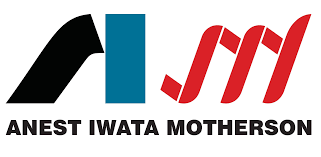























A copyright assignment is a legal transfer of ownership rights from the creator to another person or organization.
Assignment is transferring full ownership, while licensing only grants limited rights to usage of the copyrighted work.
Yes, it must be in writing and signed by the assignor under the Copyright Act, 1957.
Only the legal registered copyright owner is permitted, or an authorized representative.
Yes. Copyright assignment in the future works is permitted under Section 18(1) of the Copyright Act
The following documents are required: Identity Proof; Copyright Registration, if applicable; Assignment Deed; Proof of Ownership.
Yes. Copyright assignment can be revoked, only with mutual consent, court ordered or under the terms stated in the signed copyright agreement.
It provides full ownership, legal clarity, and facilitates opportunities for commercial exploitation of creativeness.
It is not required, however when notarized it helps lend authenticity and legal strength to the agreement.
If not specified, it’s valid for five years and limited to India, as per the Copyright Act.

